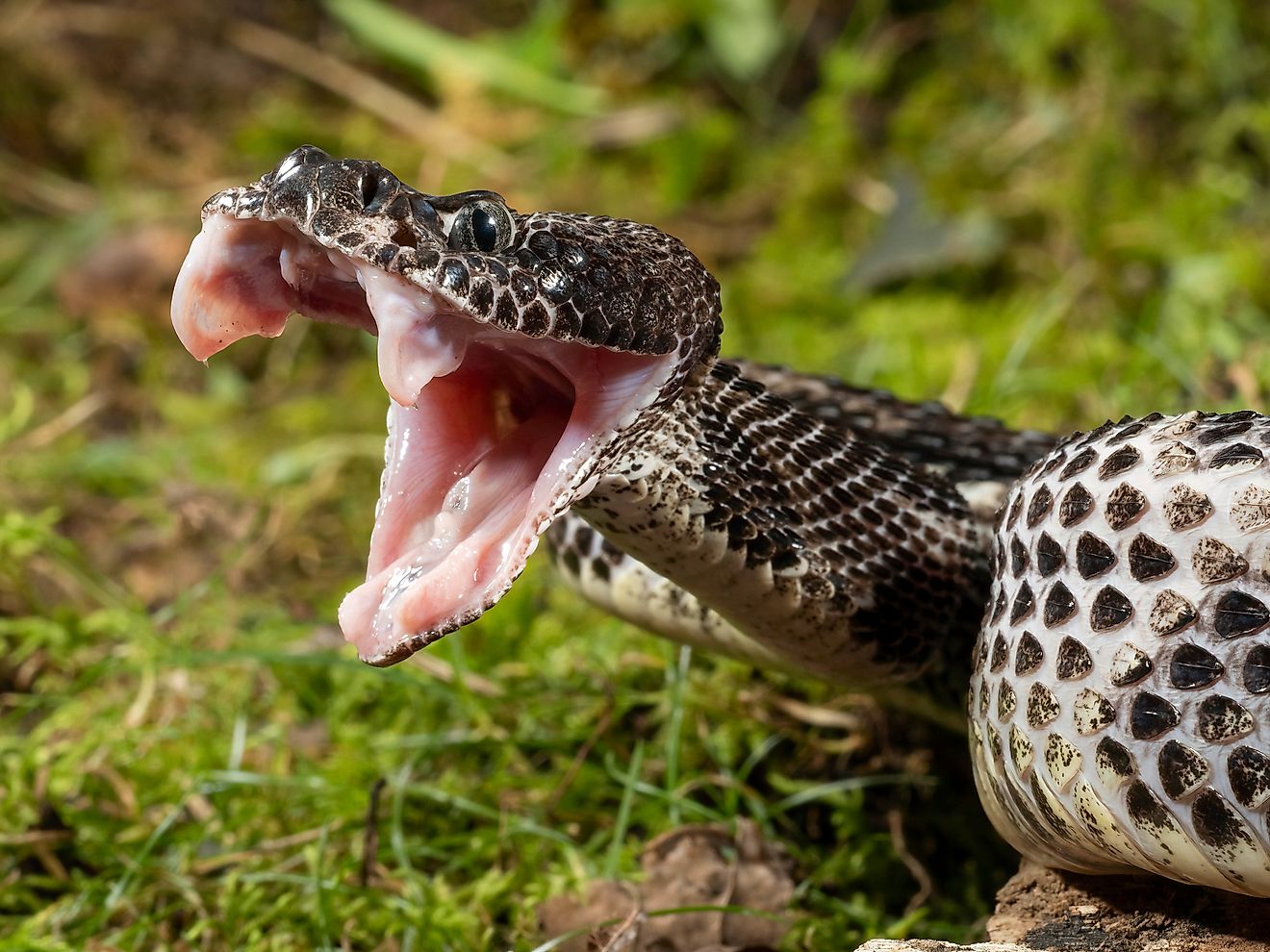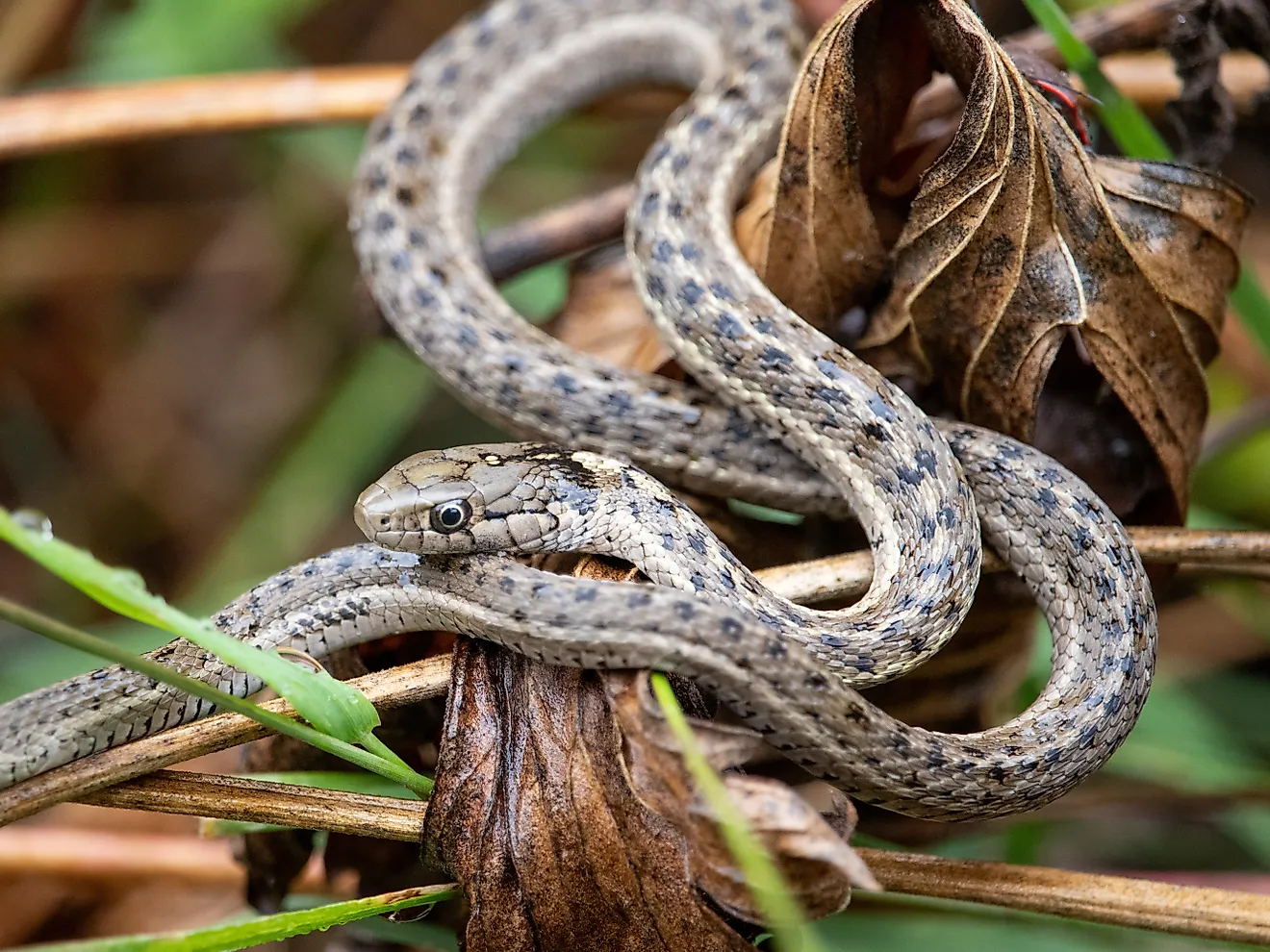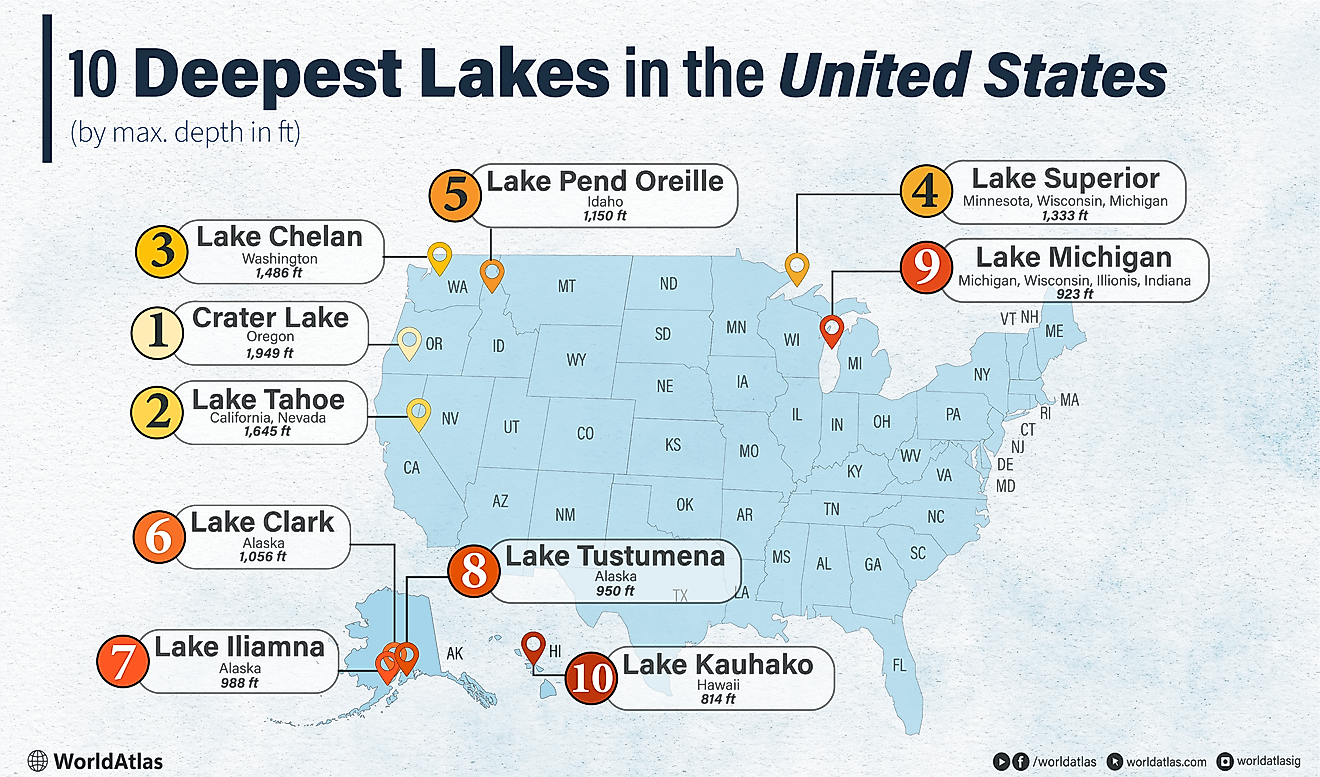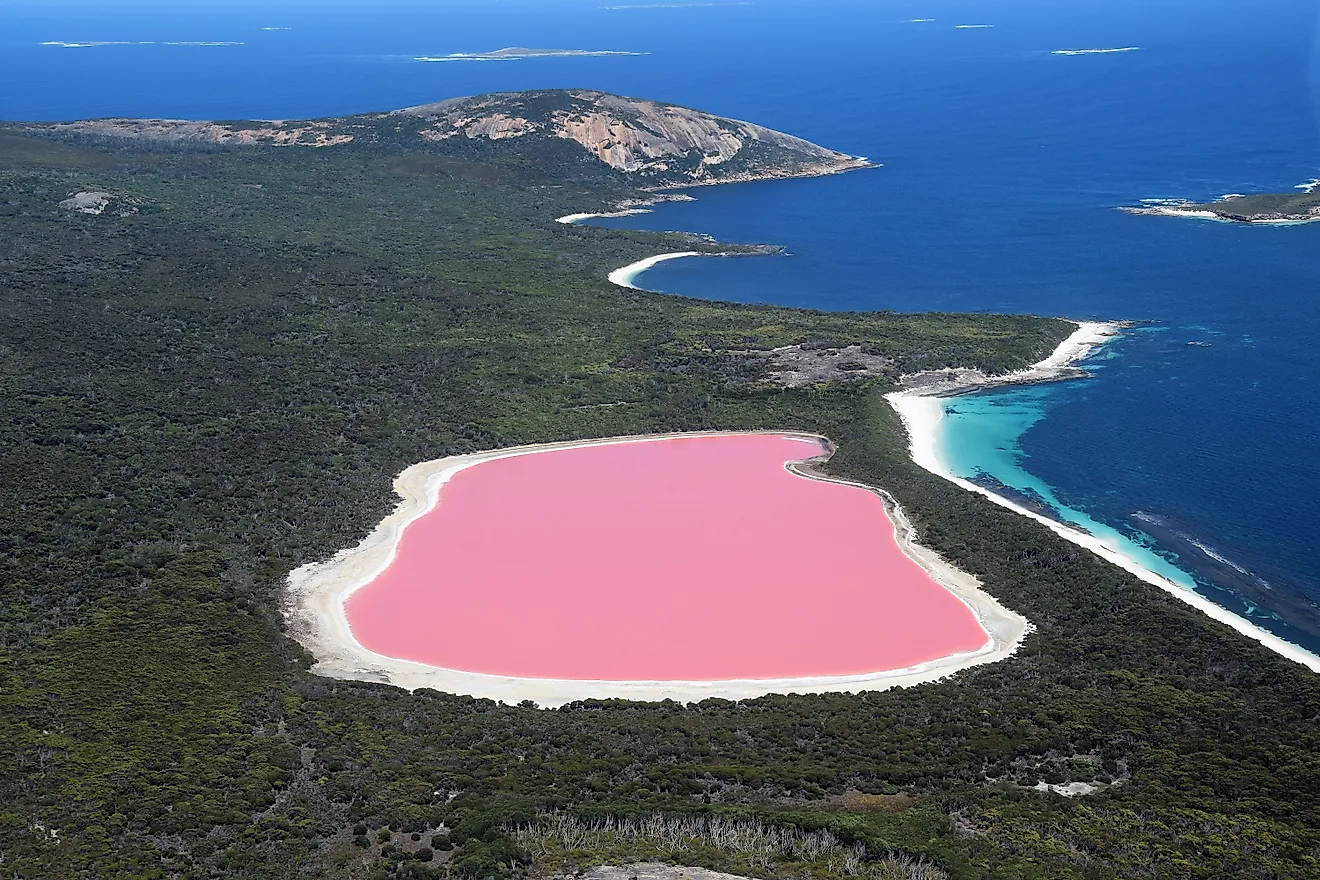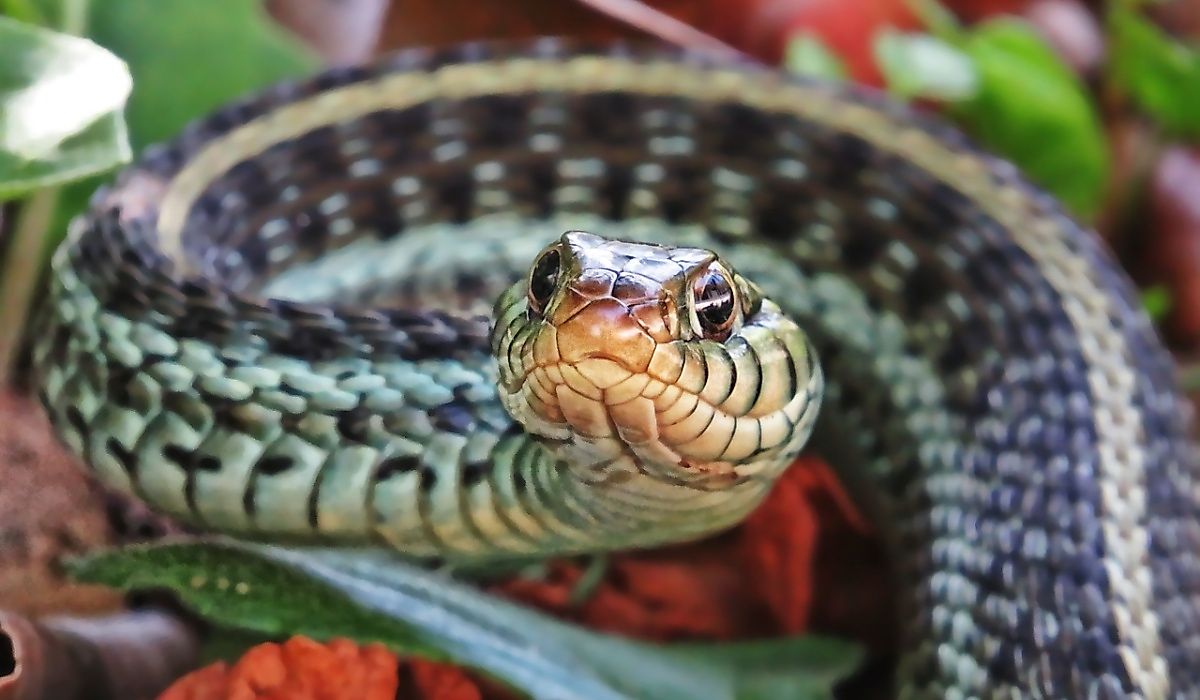
4 Of The Most Snake Infested Rivers In Nevada
When people think of Nevada, they likely think of Las Vegas and envision the geographical area surrounding it, which comprises mountains and flat desert regions. However, many people may be surprised when they find out the state has 141,796 miles of river flowing through it. Perhaps unsurprising, though, is the number of snakes that call Nevada home. Out of the 28 species native to the state, six are venomous. While many species of rattlesnakes favor hot, rocky, sandy deserts, the rivers on this list are home to some of the state’s scaly residents.
Truckee River
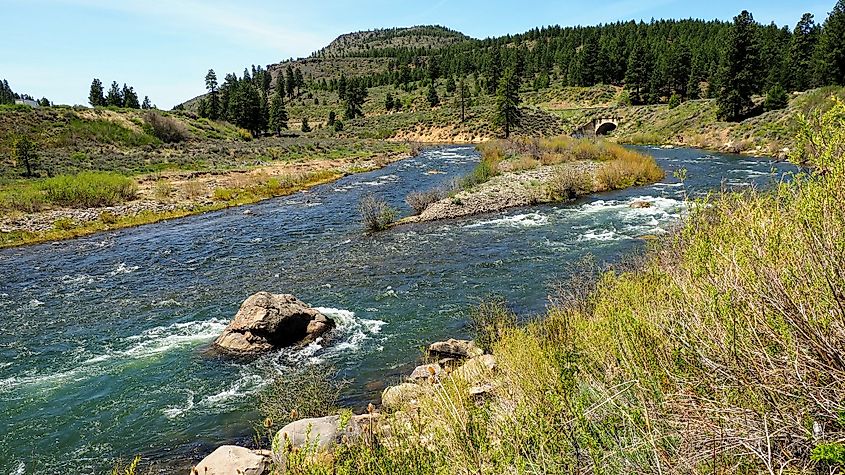
The Truckee River rises in the Sierra Nevada of California, where it flows across the border into Nevada and flows a total course of 145 miles before entering Pyramid Lake. The river flows through a varied landscape ranging from high alpine forests and woodlands to arid desert shrublands. This diverse geography makes it a suitable habitat for different species of snakes.
A 1992 study that was conducted on reptiles and amphibians of the Truckee River discovered that the Western Terrestrial Garter Snake (Thamnophis elegans) was present along the entirety of the Truckee River, all the way from Lake Tahoe to Pyramid Lake. The study recorded them to be near grassy areas at the edge of the river, or swimming underneath rocks. Garter Snakes are characteristically found close to a permanent water source where they will feed on fish, amphibians, and other small animals.

Gopher snakes (Pituophis catenifer) have also been observed along the Truckee River. They are a large snake ranging between five and seven feet in length. These snakes often occupy desert and prairie regions, known for being highly active snakes that will move from the burrows of ground-dwelling mammals and rodents that make up their primary diet.
Carson River

Like the Truckee River, the Carson River originates across the border in California, formed by headstreams in the Sierra Nevada. It flows 125 miles into Nevada, where it eventually fades into the Carson Sink, a flat-bottom depression in the northeastern Carson Desert. The Carson River Watershed is integral to the lives of residents who live in communities along the river, as well as a broad array of wildlife, including snakes.
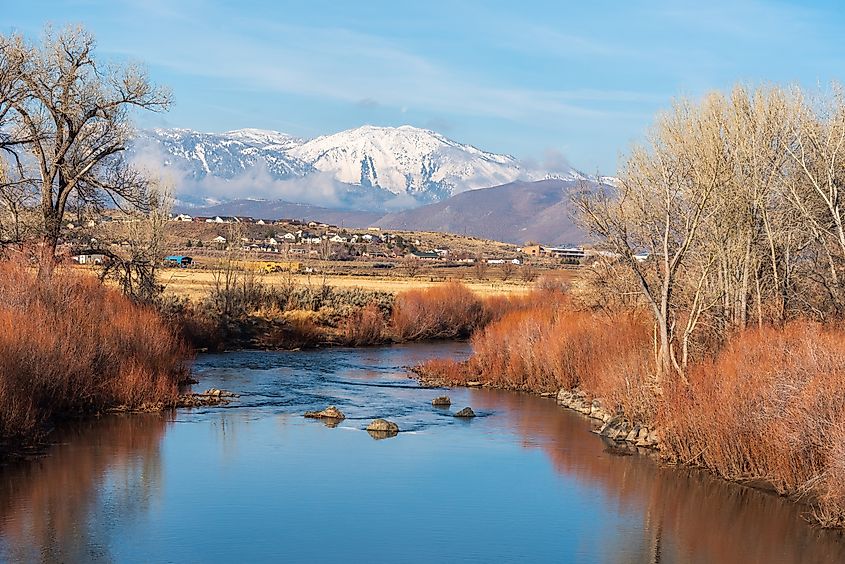
The Great Basin Rattlesnake (Crotalus viridus lotus) inhabits rocky, brushy deserts, mountain sides, or under boulders along the Carson River Watershed. It is one of Nevada’s six venomous snakes, and is typically nervous around people, often retreating or rattling its tail as a warning, only striking if trapped or startled.
Humboldt River
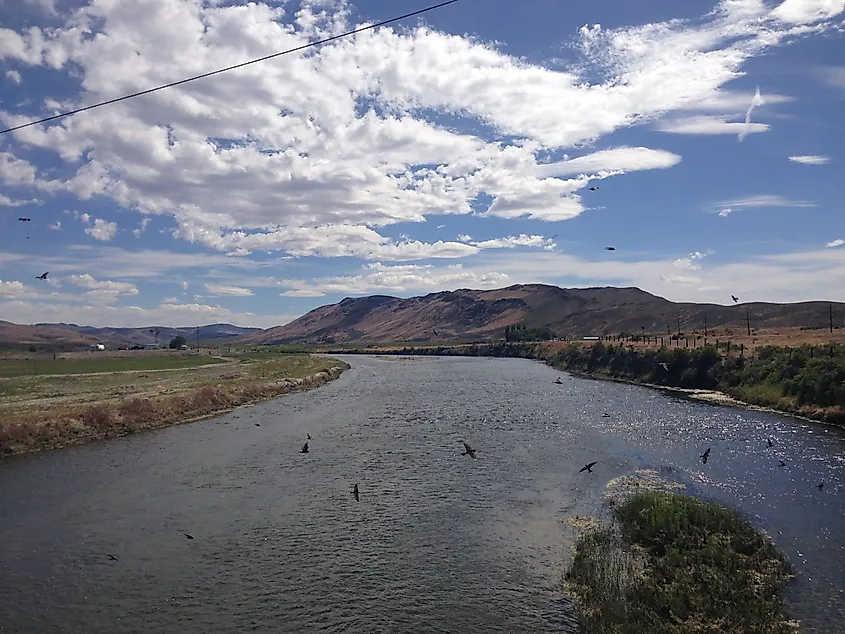
The Humboldt River rises in Humboldt National Forest and flows for around 300 miles before it enters Humboldt Lake, making it the longest river in the continental United States that exists within the borders of one state. The Humboldt River Valley supports many species of state native reptiles and amphibians.
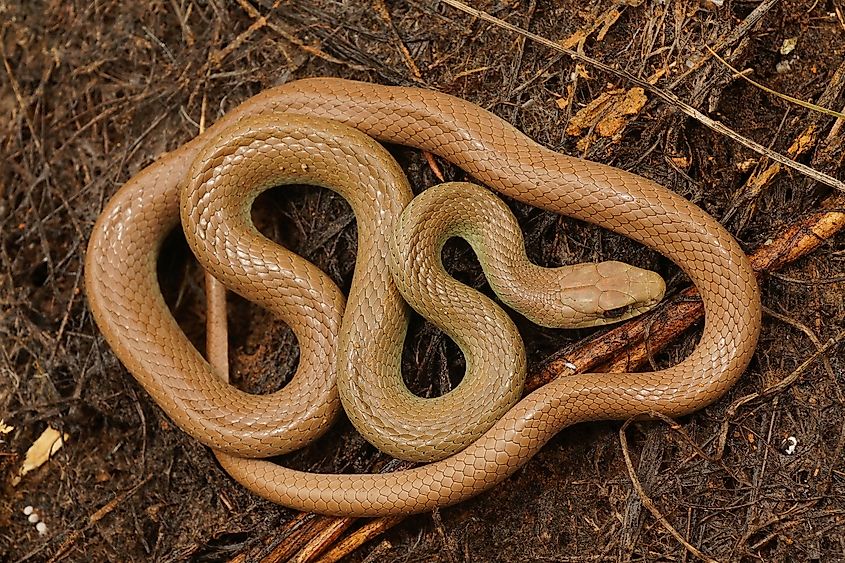
The Western Yellow Belly Racer (Coluber constrictor mormon) has been recorded in the area. They are commonly found in areas of no less than an elevation of 4,000 feet, with the highest recorded elevation at slightly over 6,000 feet. They have also been viewed in grasslands, meadows, and pine forests. While they have been known to reach lengths between five and six feet, they are a slender-bodied, agile, and skittish snake that often flee underneath rock piles when startled or approached.
Colorado River
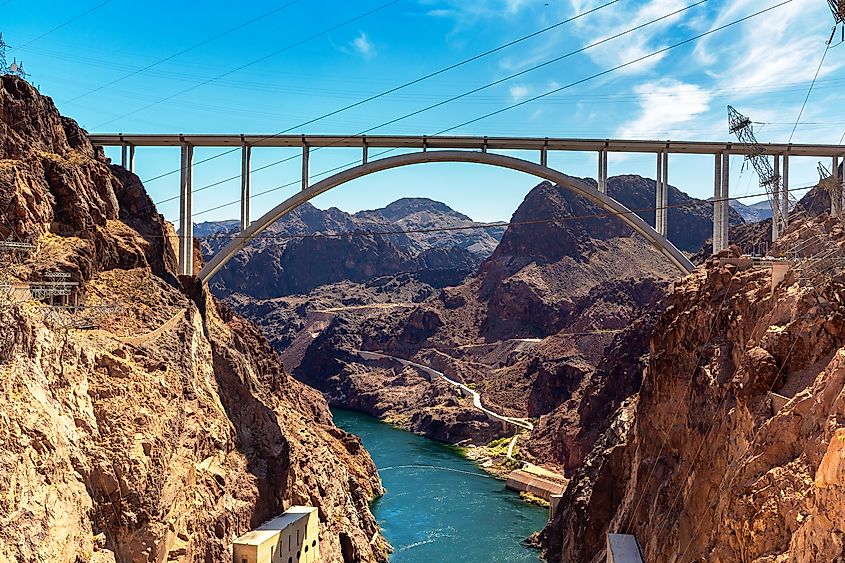
The Colorado River rises in the Rocky Mountains of Colorado, flowing for a total of 1,450 miles through seven states before emptying into the Gulf of California in northwest Mexico. It makes up the southeastern portion of Nevada's state border, flowing past Las Vegas. The river flows through different ecosystems such as alpine tundra, coniferous forests, canyons, and arid deserts. Consequently, the diversity of habitats supports different wildlife.
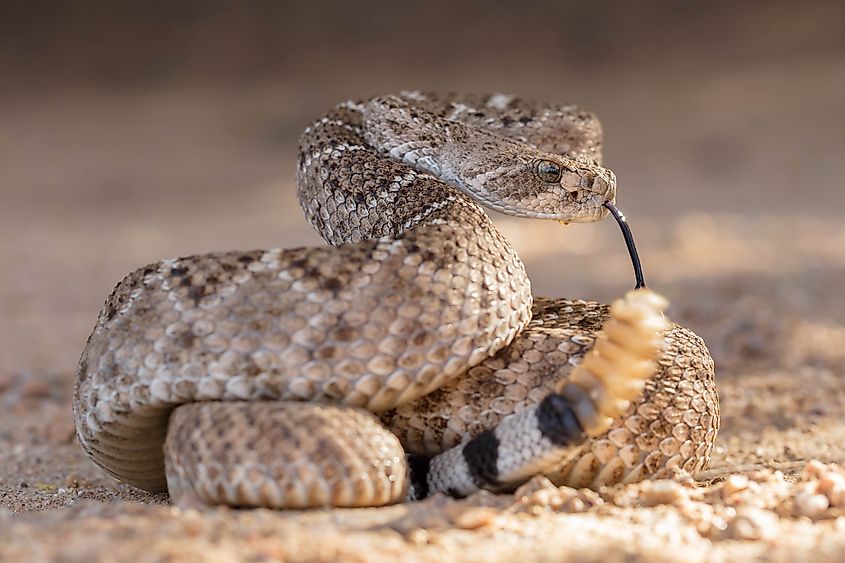
In Nevada, the Western Diamondback Rattlesnake (Crotalus atrox) is limited to the southern tip of the state along the Colorado River. They are often regarded as one of the most aggressive species of Rattlesnakes, choosing to stand their ground and display defensive postures rather than fleeing as other snakes do.
In contrast, the Southwestern Speckled Rattlesnake (Crotalus pyrrhus) is a shyer species of snake that frequents canyons and rocky areas near the Colorado River. Unlike other species of Rattlesnake, the Southwestern Speckled Rattlesnake’s unique pattern allows it to blend into the desert habitat it favors, allowing it to go unnoticed.
Nevada's Native Snakes
The number of snakes that call Nevada home may be alarming to some people; however, the majority of them are nonvenomous, harmless to humans, and choose to flee rather than fight if startled. Furthermore, the state’s venomous snakes are all Rattlesnakes, which makes them easily identifiable by the rattle on their tail; they will sound to deter predators or make people aware of their presence. Luckily, one of the most defensive Rattlesnakes, the Western Diamondback, is restricted to the extreme south of the state, making it uncommon to come across it. Nevertheless, watch where you step when visiting these Nevada rivers!
